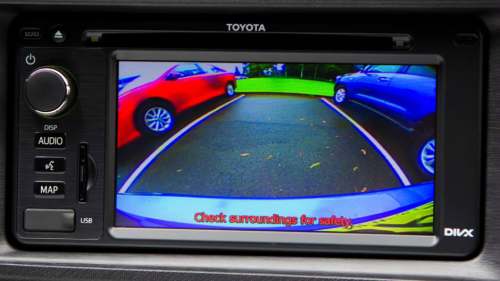Proximity sensors have the ability to sense the presence of nearby objects with the use of proximity switches and magnets. This widely applicable technology is part of everyday solutions: Cars use the sensors to detect obstructions in their path when reversing, and airplanes have a ground proximity warning system that detects if the vehicle is too close to the ground. Additionally, proximity sensors are used in fully automated roller-coaster tracks, conveyor systems for assembly lines, and the touchscreen of a smartphone. All of these different functions speak to the importance of proximity sensors and how they work.
Types of proximity sensors
Commonly used in manufacturing equipment, robotics, and different security systems, proximity sensors detect and report recognition through the use of switches. Four different types of proximity switches deal with four different types of waves. Infrared proximity switches use beams of invisible light; acoustic sensors use sound waves; capacitive switches use radio-frequency; and inductive proximity switches use magnets to sense an object’s presence.

Magnetic proximity sensors allow the opening and closing of doors.
How far away should a magnet be?
But the real discussion on magnetic proximity sensors begins with how far away a magnet should be in order to activate a magnetic proximity sensor. With magnetic proximity sensors, it’s important to keep the air gap under an inch. A ½- or ¼-inch air gap is normal, but one essentially needs to check the magnet and sensor separately in order to accurately gauge what air gap is necessary.

A car screen that shows what objects are behind when backing up.
How do they work?
Magnetic proximity switches operate using a coil that is charged with electrical current to create a high-frequency magnetic field. The field senses when a metallic part comes within a certain space, forcing the proximity switch’s circuits to open or close. After the object reaches a specific vicinity within the magnetic field, the field absorbs the energy from the object, the detector records the object’s presence, and then the switch indicates that there is an object present. Inductive proximity sensors work almost like metal detectors; if the metal comes close enough to the sensor, it will go off.
With a combination of coils and a detector, magnetic proximity sensors can detect the smallest particles of metal, aluminum, or iron. The invention of these sensors has simplified tricky situations such as backing up a car. Magnetic proximity sensors are necessary for many different situations, from security systems to directing robots, so it’s fascinating to know the details within the magic.
For further discussion or interest in proximity sensors, visit the TechXchange forum.
Advertisement
Learn more about Digi-KeyElectronic Products Magazine





